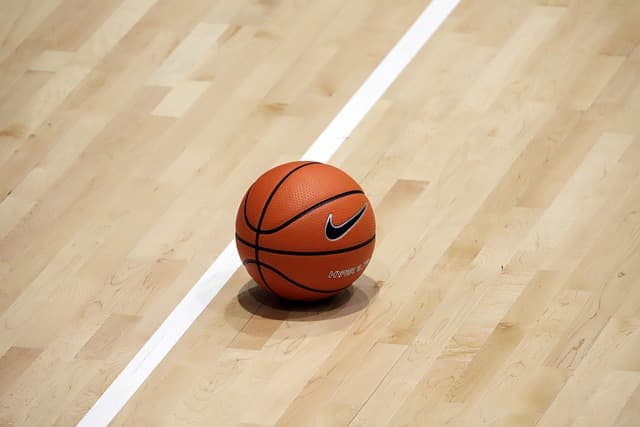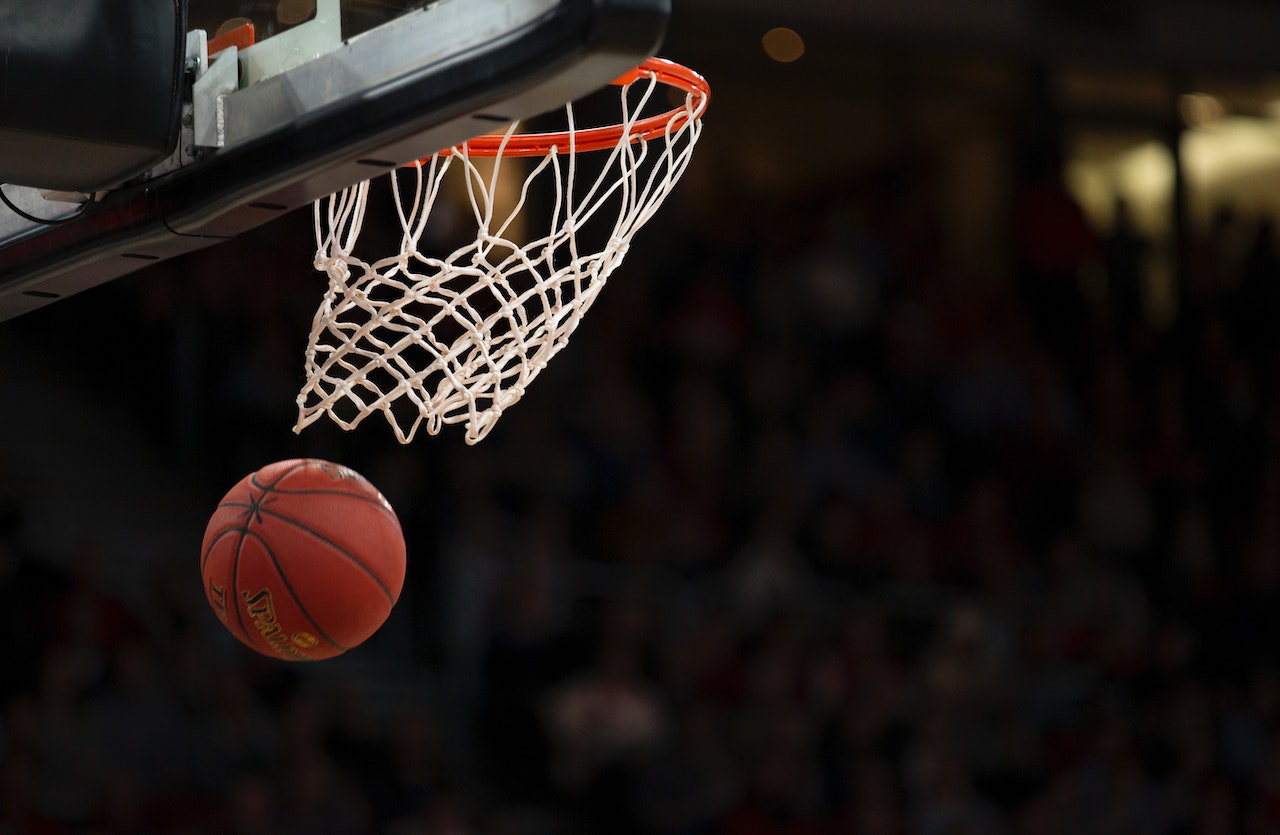Strategy is the main theoretical focus of the entire team. It predetermines the methods and ways of preparation for the competition. Strategy also includes leading the team during the competition.
In methodological and scientific sources, tactical training is understood as a process of mastering psycho-physiological laws and motor skills necessary and sufficient for effective use in sports competitions. The quality of mastering psycho-physiological regularities and motor skills is carried out by means of a monitoring process. It involves observing and recording the athlete’s parameters (in comparison with specified criteria), i.e., systematically collecting and processing information that can be used to improve the sports training of team members.
Tactics is part of the strategy that solves the main tasks during training, taking into account the capabilities of the team, opponents, as well as the conditions in which the game will take place. It determines the tactical and combinational set of the team. When choosing your attacking tactics, you should keep in mind the real abilities of your players and their strengths, which can be realized in a combination. Also, the attacking tactics depend on the strength/weakness of the actual opponent in the match/tournament.
Interactions should be discussed with the players for whom they are designed. Since the players know their strengths as well as the coaches, they can make significant changes to the proposed combinations, improve them or suggest new interactions.
Offense vs. zone defense
If your opponent puts a zone defense, you should understand why he does it, why he finds the weaknesses of this defense, and how you can exploit them.
The basic principles of interaction against zone defenses used by teams are as follows.
- Try to break up the zone with a quick offense before it is built;
- It is desirable to run the ball only to pass under the ring in search of an attack; -Any receipt of the ball should show a threat, so the ball should be received in a comfortable position to attack;
- If attempting to “break up” a zone on the inside, it should first be stretched with perimeter passes, be sure to threaten the ring with a throw, and then attempt to bring the ball to the free throw line or make a pass under the ring with leading;
- When trying to break up a zone with free throws, it is important to move the ball as quickly as possible on the perimeter of the zone and for players to move so as to occupy areas of the court where there are no defenders;
- Most combinations used against personal defense can also be used against zone defense;
- Players must be able to identify when and what kind of zone defense an opponent is placing;
- Overloading (numerical advantage) of players on one side of the court is one of the most effective ways to “break up” a zone defense;
- Shoot shots around the ring should be made only from prepared situations when some players are ready to go for a rebound and others – to insure the rear;
Positional offense
Require players to announce the combination that they are going to play on offense. It is desirable to do this while still in their own half of the field, so as not to waste time in moving from the back of the court to the front. Interactions that will be used in this part of the game and will be more effective are discussed in advance with the players, so everyone knows what combinations can be. Combinations are chosen by taking into account the weaknesses of the opponent’s defense, the height or speed advantage of some players over others, the possibility of the opponent changing the defense, etc.
The objective of combinations is to find a free player to attack from a comfortable position or to create a one-on-one situation. Combinations usually involve all five players. Usually all five players are used to create an attacking moment, while the others distract the defense and are ready to play if necessary to create another attacking position or to perform some other function: covering the defense, battling for rebounds, etc.
A certain arrangement of players should by no means limit the players, deprive them of creative initiative and the ability to “create the game” themselves. The combination is the backbone around which the offense is built. They are needed so that players clearly know their roles and the roles of their partners. Also, during any improvisation, players must have an idea of what can come out of a particular move. Every improvisation should lead to a successful and comfortable attack, and the players must feel and understand each other, so that the attack does not end with a loss or an awkward throw to the basket. Therefore, it is important to have combinations in the system that have multiple exits from certain established situations.
The counterattack (fast break)
The fast break is the most spectacular and fastest use of all opportunities to achieve a result. Rapid play requires high technique. The desire to play at a high tempo is maintained only when the speed does not exceed the technical arsenal of players, otherwise there will be more negative moments (losses of the ball, runs, ill-considered attacks) than positive ones. Therefore, for successful fast game you should train and apply all technical elements at high speed without defense, with passive resistance and with active resistance of defenders both in situations of numerical advantage (one on one, two on one, three on two, etc.) and in situations of numerical equality or minority.
The meaning of the counterattack is not only the desire to move quickly to the opponent’s ring, but also the ability to quickly transfer the ball with the help of transfers if there are free players or by using the ball with different techniques for active forward movement. The task of players in a fast break to create a triangle with the top of the line just above the penalty line, slightly shifted to the right or left. From this formation it is easier to play a numerical advantage and it is easier to find an easy pass to take an easy shot from long range or from under the ring.
Protect with Pressing
Pressing is the most active kind of defense where tough pressure is applied to the ball. It can be personal (all over the court; from your half) or zone (zone with traps, pressing, turning into a zone defense, pressing 1/3/1, 2/2/1 2/1/2, etc.) and begins, mainly, when the opponent throws in the ball.
The main purpose of pressing is not only psychological pressure on the opponent, but also an attempt to break the opponent’s successful play. It is a way to force the opponent to make mistakes, commit losses, and conduct quick, unprepared attacks at the end of possession. It is also an attempt to score quick and easy points. Pressing should not be used if the players on the team have not sufficiently mastered the principles of personal defense. This kind of defense requires a high physical condition, good reserve and chemistry of all players and links in the team, as well as involves the use of all players on the team to maintain a high rate and constant effective pressure on the opponents. Pressing can also be a deterrent, and it is used for more concentrated game in defense, for the subsequent transition to zone defense or to prepare for the defense by active pressing.
Pressing is used as a system of playing in long stretches, and as a forced measure: when losing the score, when you need to make quick interceptions and score easy points, to accelerate the pace of the game or in anticipation of pressure from the opponent.
When under pressure, players try to take the ball away from their opponents, forcing them to make inaccurate passes that are easily intercepted. Often defenders, when they let a player out of their zone, stop pursuing them and become so-called “observers”, which is a gross mistake. It is necessary to pursue not only the player with the ball, trying to put pressure on him, but also to press players without the ball, forcing them to rush, worry and make mistakes.
If in a zone or personal pressing a defender is left without a player and does not provide any assistance, it is a gross mistake. If one of the five pressers “rests”, the work of the whole team is done in vain. First of all, pressing is an active defense of the whole team.
In modern basketball many coaches tend to believe that active personal pressure is less effective, more difficult, more exhausting and leads not only to personal fouls, but also to unsportsmanlike comments, which are punished by 2 free throws and possession for the opposing team. Therefore, it is used mainly as a deterrent pressure. And more useful, energy-consuming, convenient and versatile is zone pressure. Strong, technical player with good dribbling is able to handle personal pressure by himself, but zone pressure is difficult to break dribbling.
Mixed defense
Mixed defense is a combination of area and personnel defenses to provide more effective defensive actions against one or two opponents, the team leaders, who have a good game. There are several types of mixed defense.
- Four players stand in a zone defense “square” (2-2 or 1-2-1), and one defender personally defends the opposing team leader.
- Three players are in a triangle zone defense (2-1 or 1-2) and two defenders are personally guarding the opposing team’s two leaders.
- One player performs the zone formation and four players personally guard the opponents.
- Two players form a zone defense and three players form an individual defense.
The last two types of mixed defense are used very rarely and mostly sporadically to make a small difference to the opposing offense for one or two attacks, to confuse players to make unprepared attacks.
Zone Defense
The main principle in zone defense is that each player is responsible for a certain part of the court, all players are linked and shift according to the positioning of the attackers, their movement and the movement of the ball.
Advantages of zone defense:
- Enables players to be positioned on the court according to their physical and technical conditioning. Tall, bouncy, strong players are placed in the zone under the basket; fast, agile players are placed just above the penalty line.
- More team defense, easy to learn, able to compensate for individual defensive gaps.
- Encourages counterattacks and frequent steals, and allows for low-risk defense: if one defender fails, the zone shifts, and all players back each other up.
- The number of fouls in zone defense is usually lower than in personal defense.
- This defense is less vulnerable against pick-and-rolls.
- Pretty flexible defense (can be constructed around the three-point line if the opposing team has snipers or concentrated in the three-second zone if the opponent has tall, powerful centers).
- Energy-intensive defense, allowing leaders to pick up fewer defensive fouls.
- A team with zone defense can easily build mixed defenses or transitions (switching from zone defense to personnel defense and vice versa).
Disadvantages of zone defense:
- Inferior to personal defense in the psychological responsibility of players and their charge to work individually on defense.
- When defending against teams with sharpshooters, if their attacks are successful, the zone is abandoned.
- As a rule, the corners of the court in a zone defense are worse protected, with the exception of zone 1-3-1, which is less protected not only the corners of the court, but also the sides of 45 degrees.
- Zone defense is mostly used sporadically and is not the primary form of defense. Using the zone is more effective not at the beginning of the game, but in the middle or at the end, when opponents are tired and may make inaccurate, hurried throws.
There are several types of zone defense. Each is used in specific situations against specific opponents: zone defense 2-3 is effective against strong opposing centers, zone 3-2 is effective against snipers, etc.
Defense against the ball carrier
A well practiced basketball stance is important when defending against the ball carrier: the center of gravity is distributed evenly on both feet, the support is on the toes, the foot must be “loaded” (ready for any attacker action), knees bent, feet wider than shoulders, and hands are at the level of the dribbling attacker to try to rebound the ball.
If the opponent possesses the ball, one arm of the defender should be pointed at the ball and constantly attack the opponent, preventing him from aiming or throwing (best if it slightly touches the striker), and the other arm should be slightly moved to the side to prevent a quick pass in time. Many defenders, being between the player with the ball and the basket even in a proper stance, do not actively act with their hands, do not put pressure on the player, especially important if the player took the ball in his hands after dribbling, thereby allowing the opponent to safely take further action.
Contact defense against the ball carrier is a very difficult job, which mostly falls on the shoulders of perimeter players, modern, with its own advantages.
The defender’s movements should be practiced regularly:
- in every practice – with and without resistance;
- with one or two balls;
- with one or two balls.
Defender’s actions in different situations can be divided into 9 positions:
- Defending against a player going with a lead to the ring.
- Defending against a player who has finished leading and is trying to pass or take a shot at the ring.
- Defending against an attacker in his own half of the floor area, but who did not use the lead.
- Actions of defenders in a numerical minority.
- Defensive actions in numerical advantage.
- Forms of defense for pick-and-rolls.
- Defensive actions with and without the ball.
- Double defense (used in pressing at corners and near the baseline, pick-and-rolls, throw-ins).
- Defense against the first pass.
Conclusion. Research analysis showed that management of tactical preparation of competitive process in modern women’s basketball is an important integrating link of all components of preparation: physical, technical and psychological. In practice there are two types of tactical training: individual tactical training of a player and team tactical training, and the first serves as a fundamental basis for the second. Tactical training management is a complex multi-component process divided into three levels:
- Strategic (development and management of the tactical training plan for the season),
- Tactical (development and management of a tactical training plan for a tour)
- Operational (development and management of the tactical training plan for the game).



